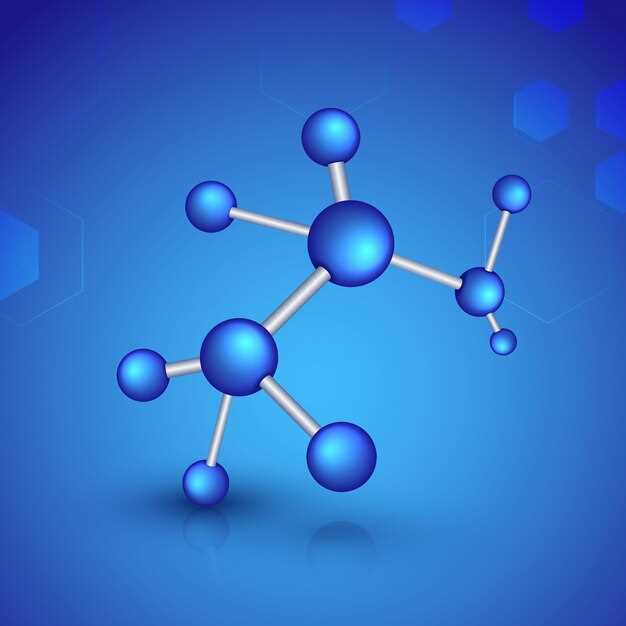
Is clonidine and klonopin the same thing? If you’ve been wondering about the differences between these two medications, you’re in the right place. While both clonidine and klonopin are used to treat certain conditions, they work in different ways and have distinct mechanisms of action.
Differences and Similarities
Clonidine and Klonopin are both medications used in the treatment of different conditions, but they belong to different drug classes and have distinct mechanisms of action.
Clonidine is a centrally acting alpha-2 adrenergic agonist that works by stimulating alpha-2 receptors in the brain, leading to a decrease in the sympathetic nervous system activity. It is primarily used to treat high blood pressure (hypertension), attention deficit hyperactivity disorder (ADHD), and certain pain conditions.
Klonopin, on the other hand, is a benzodiazepine medication that acts on the gamma-aminobutyric acid (GABA) receptors in the brain. It exerts a calming effect on the central nervous system and is commonly prescribed for the management of anxiety disorders, panic attacks, seizures, and certain types of epilepsy.
While both medications can cause sedation and drowsiness as common side effects, they have different potential adverse reactions. Clonidine may cause dry mouth, dizziness, constipation, and low blood pressure, while Klonopin is associated with the risk of dependence, withdrawal syndrome, and cognitive impairment with long-term use.
It is important to use these medications under the guidance of a healthcare provider and follow their recommendations for dosing and monitoring to ensure safe and effective treatment.
Medical Uses of Clonidine

Clonidine is a medication that is primarily used to treat high blood pressure. It works by relaxing the blood vessels and reducing the heart rate, which helps to lower blood pressure. In addition to treating hypertension, clonidine is also prescribed for other medical conditions such as attention deficit hyperactivity disorder (ADHD), menopausal flushing, and opioid withdrawal symptoms.
Attention Deficit Hyperactivity Disorder (ADHD): Clonidine is sometimes prescribed off-label to help manage ADHD symptoms, particularly in children who do not respond well to stimulant medications. It can help improve focus, attention, and impulse control in some individuals with ADHD.
Menopausal Flushing: Clonidine has been shown to be effective in reducing hot flashes and night sweats in menopausal women. It can help alleviate these symptoms and improve quality of life during the menopausal transition.
Opioid Withdrawal Symptoms: Clonidine is sometimes used in the treatment of opioid withdrawal to help ease symptoms such as anxiety, agitation, muscle aches, sweating, and insomnia. It is not a primary treatment for opioid addiction but can be used as an adjunct therapy to manage withdrawal discomfort.
In summary, clonidine is a versatile medication with various medical uses beyond just treating high blood pressure. It is important to consult a healthcare provider for proper evaluation and guidance when considering clonidine for any medical condition.
Medical Uses of Clonidine
Clonidine is commonly used in the medical field for the treatment of high blood pressure (hypertension). It works by acting on specific receptors in the brain to reduce the heart rate and relax blood vessels, thereby lowering blood pressure.
In addition to its primary use for hypertension, clonidine is also prescribed to manage symptoms of attention deficit hyperactivity disorder (ADHD). It can help improve focus and attention in individuals with ADHD by affecting certain neurotransmitters in the brain.
Clonidine is sometimes used off-label to alleviate withdrawal symptoms in individuals who are trying to quit smoking, opioid drugs, or alcohol. It can help reduce cravings and ease withdrawal discomfort, making it a valuable tool in substance abuse treatment.
Furthermore, clonidine has been found to be effective in treating certain types of pain, such as neuropathic pain and cancer-related pain. It may help modulate pain signals in the central nervous system, providing relief for individuals suffering from chronic pain conditions.
Treatment of High Blood Pressure
Klonopin is a medication primarily used to treat anxiety disorders and seizure disorders, while Clonidine is commonly prescribed for high blood pressure. In the case of high blood pressure, Clonidine works by relaxing blood vessels, allowing blood to flow more easily and reducing the workload on the heart. It is often used in combination with other medications to effectively manage hypertension.
Clonidine is considered a first-line treatment for high blood pressure in certain situations, especially when other medications are not suitable or have not been effective. It can be used alone or in combination with other antihypertensive drugs to lower blood pressure and reduce the risk of cardiovascular events.
Benefits of Clonidine for High Blood Pressure:
1. Effective in lowering blood pressure levels.
2. Can be used as an alternative treatment option.
3. Helps reduce the risk of heart disease and stroke.
Considerations when using Clonidine for High Blood Pressure:
1. Dosage and timing are crucial for optimal effectiveness.
2. Monitoring blood pressure levels regularly is essential.
3. Adherence to treatment plan and follow-up appointments is important.
Overall, Clonidine is a valuable medication for the treatment of high blood pressure, particularly when used as part of a comprehensive management plan that includes lifestyle modifications and other interventions.
Medical Uses of Klonopin
Klonopin, also known as clonazepam, is a medication commonly prescribed to treat anxiety disorders, panic attacks, and certain types of seizures. It belongs to a class of drugs called benzodiazepines, which work by enhancing the effects of a neurotransmitter in the brain known as gamma-aminobutyric acid (GABA).
Anxiety Disorders: Klonopin is often prescribed to manage symptoms of anxiety disorders, including generalized anxiety disorder (GAD), social anxiety disorder, and panic disorder. It helps reduce feelings of nervousness, fear, and worry by calming the central nervous system.
Panic Attacks: Klonopin can be used to treat panic attacks, which are sudden episodes of intense fear or discomfort. By taking Klonopin regularly, individuals may experience fewer and less severe panic attacks.
Seizures: Clonazepam, the active ingredient in Klonopin, is also effective in controlling certain types of seizures, such as absence seizures and myoclonic seizures. It works by stabilizing electrical activity in the brain to prevent abnormal, rapid firing of neurons.
It is important to follow the dosage and usage instructions provided by your healthcare provider when taking Klonopin. Abruptly stopping the medication can lead to withdrawal symptoms and should be done under medical supervision.
Management of Anxiety Disorders

Anxiety disorders can be debilitating conditions that affect a person’s mental and emotional well-being. Clonidine and Klonopin are commonly used medications in the management of anxiety disorders, each with their own unique mechanisms of action and benefits.
- Clonidine: Clonidine is sometimes prescribed off-label for the treatment of anxiety disorders. It works by acting on certain receptors in the brain to reduce levels of norepinephrine, a neurotransmitter that plays a role in anxiety. Clonidine can help alleviate symptoms of anxiety, such as racing heart, sweating, and restlessness.
- Klonopin: Klonopin, also known as clonazepam, is a benzodiazepine medication commonly used to treat anxiety disorders. It works by enhancing the activity of a neurotransmitter called gamma-aminobutyric acid (GABA) in the brain, which has a calming effect and helps reduce anxiety symptoms.
Both Clonidine and Klonopin can be effective in managing anxiety disorders, but they may be prescribed based on individual patient needs, medical history, and response to treatment. It is important to consult with a healthcare provider to determine the most appropriate medication and dosage for treating anxiety disorders.
Side Effects of Clonidine
Clonidine, like any medication, can cause side effects in some individuals. Common side effects of clonidine include drowsiness, dry mouth, constipation, dizziness, and headaches. These side effects are usually mild and temporary.
| Side Effect | Description |
|---|---|
| Drowsiness | Feeling sleepy or tired |
| Dry Mouth | A sensation of dryness in the mouth |
| Constipation | Difficulty in passing stools |
| Dizziness | A feeling of lightheadedness or unsteadiness |
| Headaches | Pain or discomfort in the head |
If you experience any severe side effects or allergic reactions while taking clonidine, such as rash, swelling, or difficulty breathing, you should seek immediate medical attention. It is important to always consult your healthcare provider before starting or stopping any medication to ensure it is safe and appropriate for your individual needs.
Potential Adverse Reactions
Clonidine and Klonopin, like any medication, may cause adverse reactions in some individuals. It’s important to be aware of the potential side effects when taking these medications. Here are some common adverse reactions associated with Clonidine and Klonopin:
| Clonidine | Klonopin |
| Fatigue | Drowsiness |
| Dizziness | Confusion |
| Dry mouth | Memory problems |
| Constipation | Coordination issues |
| Headache | Depression |
It’s essential to consult with your healthcare provider if you experience any severe or persistent side effects while taking Clonidine or Klonopin. They can provide guidance on managing these adverse reactions and adjusting your treatment plan if necessary.
